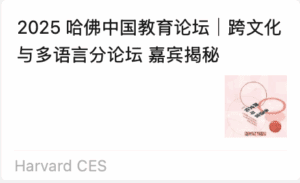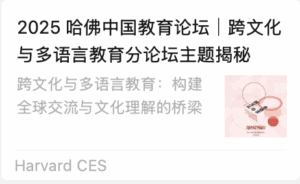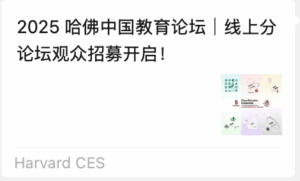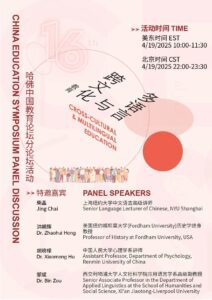
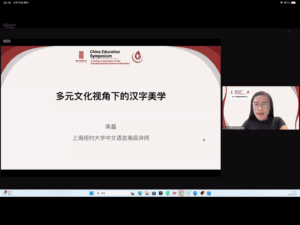
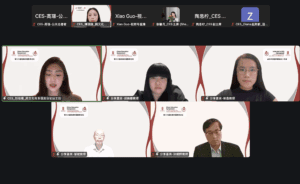
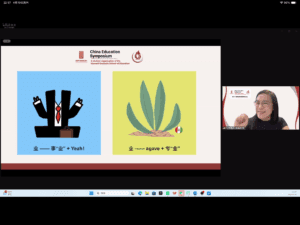
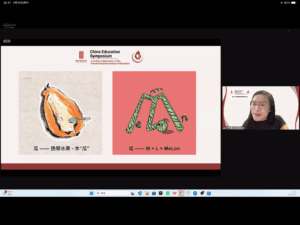
April 19, 2025
Harvard China Education Symposium
Conference Presentation
Following her invited talk at the Harvard Graduate School of Education in March, Jing Chai was again invited to speak—this time at the Harvard China Education Symposium during the session on Cross-cultural & Multilingual Education. Her talk, titled The Aesthetics of Chinese Characters Through a Multicultural Lens, opened with a timely provocation inspired by the viral visit of iShowSpeed to China: Do our current ways of expressing Chinese culture truly resonate with international audiences?
Drawing from her everyday teaching experiences with students from diverse linguistic and cultural backgrounds, Professor Chai posed a second thought-provoking question: Does difference necessarily mean difficulty? She then introduced the I Got One project as a gateway to explore this very question, highlighting how learners from around the world bring fresh, unexpected, and deeply personal interpretations to Chinese characters. These interpretations not only reveal what resonates with global learners, but also offer invaluable insight into how to foster more effective, empathetic cross-cultural communication.
To conclude her talk, Chai presented a striking thought experiment: If a Bedouin from the Middle Eastern desert with limited greens wanted to express the concept of “rest,” would they choose the visual of a person resting under a tree—人 + 木, as we do in the Chinese character 休? In a different cultural and spatial context, the visuals we take for granted, those seemingly “universal” signs, might mean something entirely different.
She emphasized that while foreigners can use Chinese characters as a bridge to approach Chinese culture, Chinese speakers can also use these same characters to reflect on the diversity and richness of other cultural perspectives. True cultural confidence doesn’t come from rigid traditionalism or silencing alternative views, it comes from welcoming others to see us through their own lenses. That openness, she noted, is the essence of cultural inclusivity.
Professor Chai closed by encouraging all attendees to engage personally in cross-cultural communication. It is through such engagement, she said, that we not only experience freshness, tension, and surprise—but also gain the opportunity to reflect on our own identities and the dynamic relationships we have with culture itself.
Media Coverage
